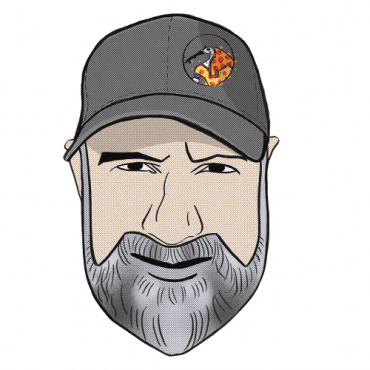Dark Patterns in RPG Design
- Edwin McRae
It turns out that CD Project Red and Ubisoft had very different motivations when they created Witcher 3 and Assassin’s Creed: Odyssey respectively. These two RPGs share a lot of traits including massive open worlds and plenty of locations and side quests to be discovered. But they were created with completely different experiences in mind.
AC: Odyssey contains microtransactions. Therefore the devs want players to stay in the world of Odyssey as long as possible to maximum the exposure to potential purchases. The entire game, from ‘randomized’ loot through to the ‘just right’ spacing of secrets, is designed to keep players engaged and striving for more. That’s the perfect atmosphere for in-game shopping. High activity, low willpower. Yes, as you get tired, your willpower drops and you become highly susceptible to the seductive advances of shiny microtransactions.
In stark contrast, Witcher 3 has no microtransactions and is designed to maximize enjoyment, not spending. This is why W3 has ‘loot variation’ to keep replay experiences fresh, but doesn’t have the insidious ‘randomized loot’ system that is actually a gambling machine in disguise. It’s side quests are more widely spaced and the whole pace of the game is less “gimme gimme” frantic.
I think this is why I was able to put Witcher 3 aside without even the faintest itch while the act of giving up AC: Odyssey had strong memorial whiffs of the time I quit smoking.
So like I said. Not all RPGs are made evil… I mean, equal.

About Edwin McRae
Edwin is a narrative consultant and mentor for the games industry.
